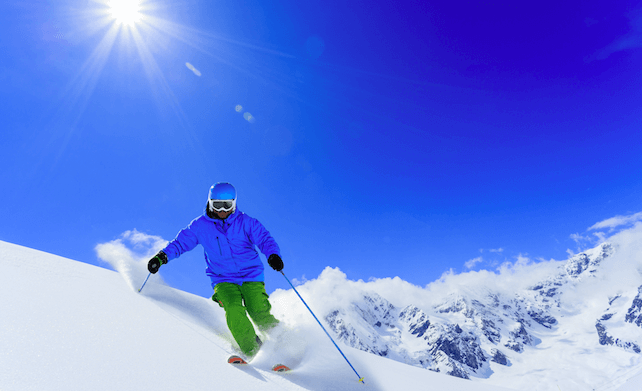
Everyone needs a little ski tuition now and again – after all, even Lindsey Vonn has a coach. But how do you pick a ski or snowboard school that’s right for you? Not all of them are the same, and just as inspiring and energising tuition will make a huge difference to your holiday, so a bored and arrogant ski instructor can ruin the entire trip. So here, to help you on your way, is our guide to tracking down the best schools on the slopes.
1. Take Personal Recommendations Seriously
A recommendation is especially valuable if comes from someone of similar ability and temperament. If you do get a good recommendation, make sure you book the guide or instructor as soon as you can. You can’t just turn up in the resort hoping to catch him/her on a quiet day. The best are booked up months in advance.
2. Ask a Small Independent Tour Operator’s Advice
These smaller companies often specialise in just a handful of resorts (sometimes only one), and know them inside out. They’ll have already heard from their clients who the good instructors are.
By the way, if you’re travelling with a larger tour operator, don’t be bounced by them into booking tuition at the same time as you organise your holiday. Most of the big companies have exclusive deals going with the biggest – but not necessarily the best – ski school in town. So do some research yourself first before you decide who will teach you.
3. Pick an English-Speaking Ski School
It always helps to pick a ski school where they speak your mother tongue as a matter of course. This doesn’t guarantee brilliant tuition of course – native English-speaking instructors can vary in quality just as much as everyone else. But it does at least mean you’re going to understand what’s going on – and not just because your teacher can manage a few more words than ‘Bend ze knees”.
Idiom and culture can make big difference too, and it can be reassuring for beginners to make their first turns in an intellectual and emotional environment that’s familiar to them.
There is one caveat however – which is that the biggest choice of ski schools is in the A-list resorts. These are not always the best resorts for beginners (although there are some noteable exceptions), so if you’re new to skiing, you should balance the advantages of having native English speaking instructors against the appeal of going to place that’s quiet, unthreatening and welcoming to newcomers.

4. Consider America and Canada
We’re talking about the resorts of the western US and Canada, here, not the east. It’s on that side of the continent that terrain, snowfall and infrastructure combine to create an environment that most skiers adore. In part, this is because the snow is often of better quality than it is in Europe, in part because the slopes are less crowded, and also because the lack of lift queues means you spend more time actually skiing.
The tuition is usually first-rate too, and the go-for-it culture usually works to inspire people too. Not every resort will suit every level of skier equally, however. Jackson Hole, for example, is perfect for advanced skiers to work on their turns in steep, demanding terrain, while Breckenridge is great for a early intermediates, who need to put in the skiing miles on easy, well-maintained and confidence-boosting pistes. Check out our Ski Resorts A-Z for suggestions.
5. Pick a Small, Independent School
In America and Canada, there’s usually only one ski school in a resort, which is run by the lift company. In the Alps, there are often several. If you don’t have a personal recommendation, it’s best to go for a newly-founded, independent ski school. The instructors are usually hand-picked by the owner, who is usually still working as an instructor him/herself – which almost always makes for better tuition.
6. Snowboarders Should Aim for a Dedicated School
These days, it’s getting harder to find dedicated snowboard schools, but it’s still possible in many of the big-name, snowboard-friendly resorts. Tignes, for example, has two schools with strong snowboarding cultures: Snocool, and 333. Another option for snowboarders is to aim for America and Canada (see number 3, above), where snowboarding culture is more deeply embedded.















Add Comment